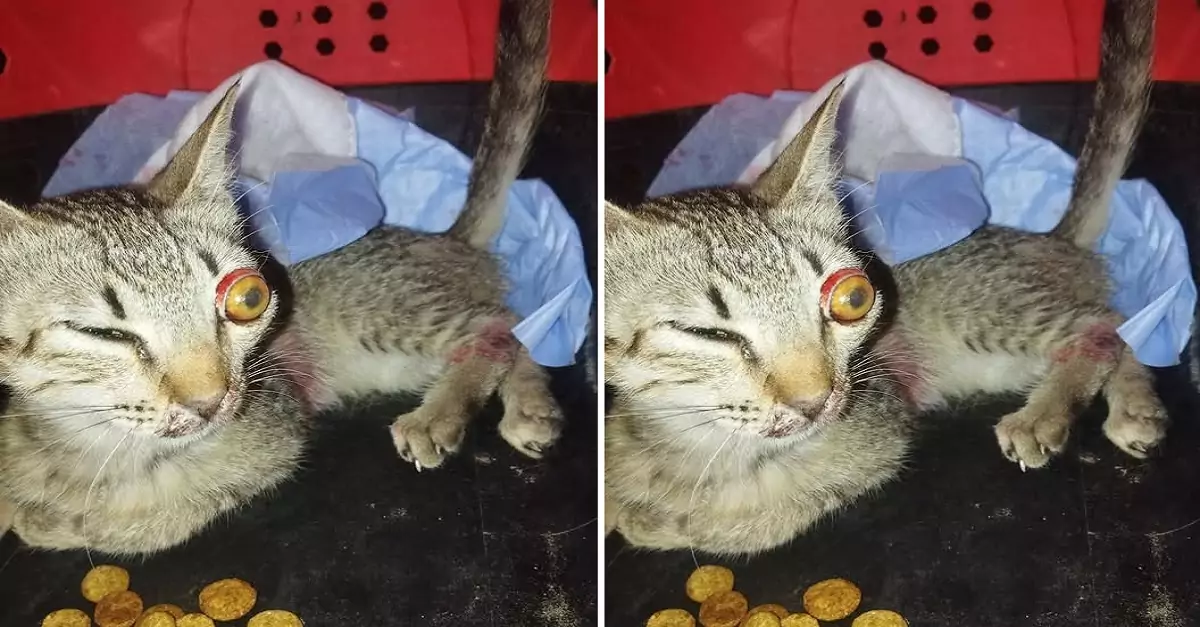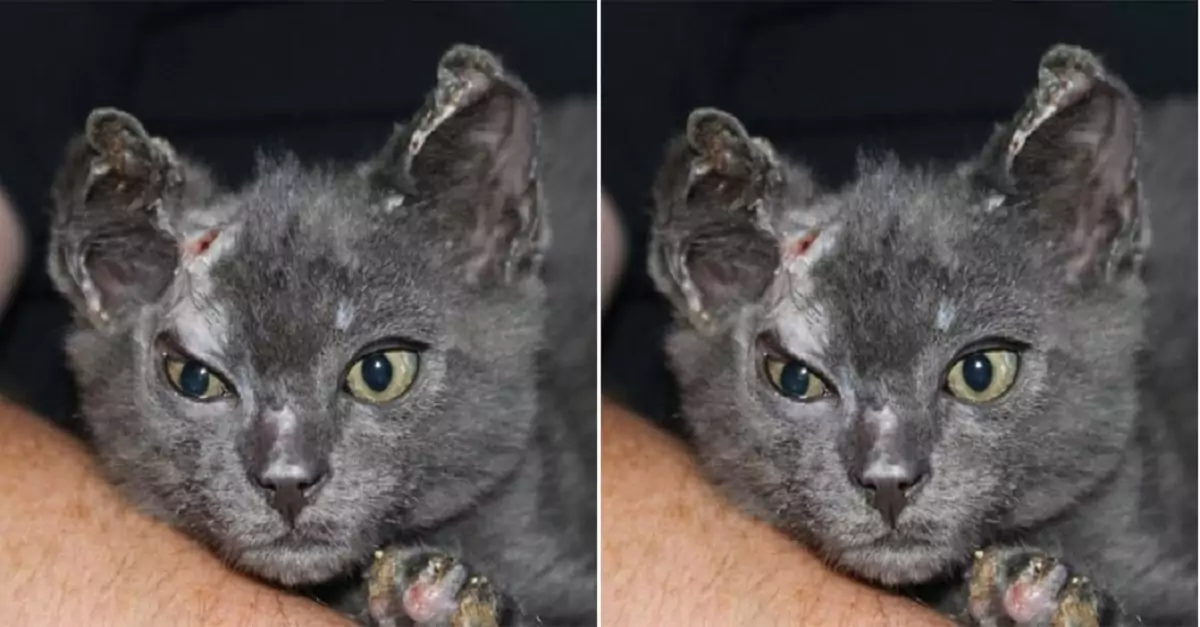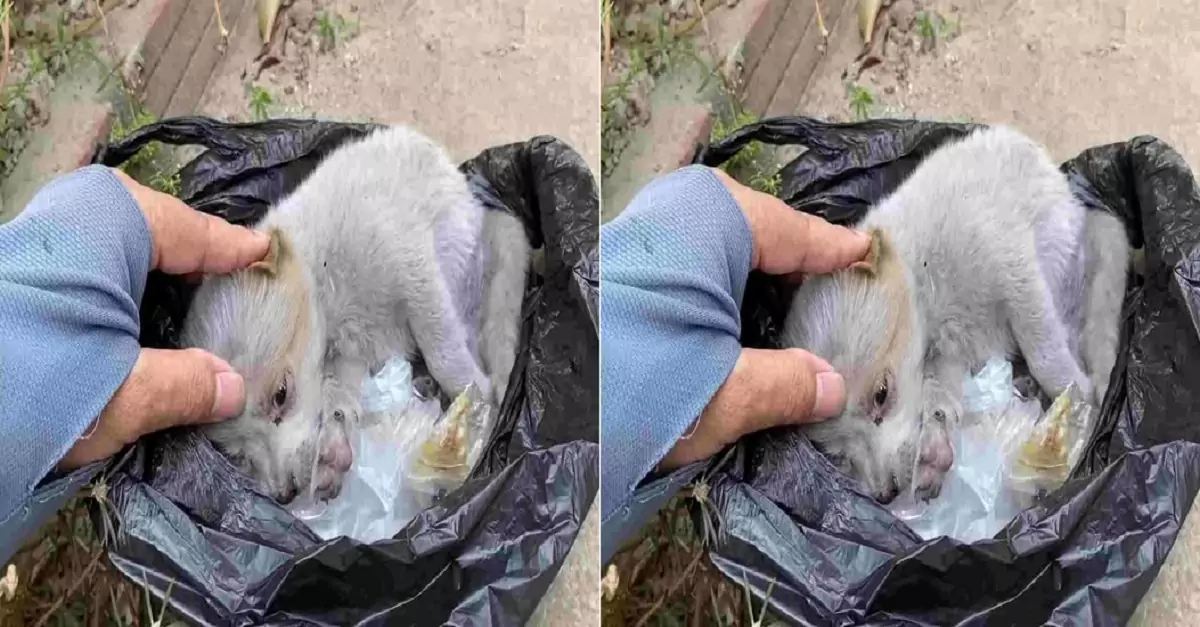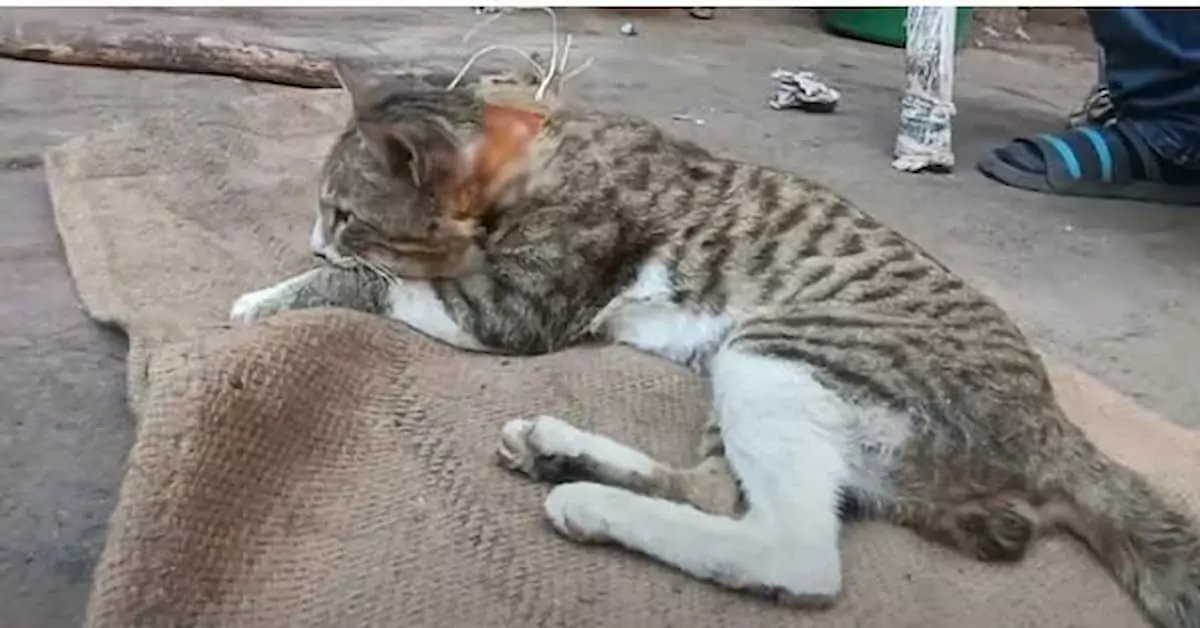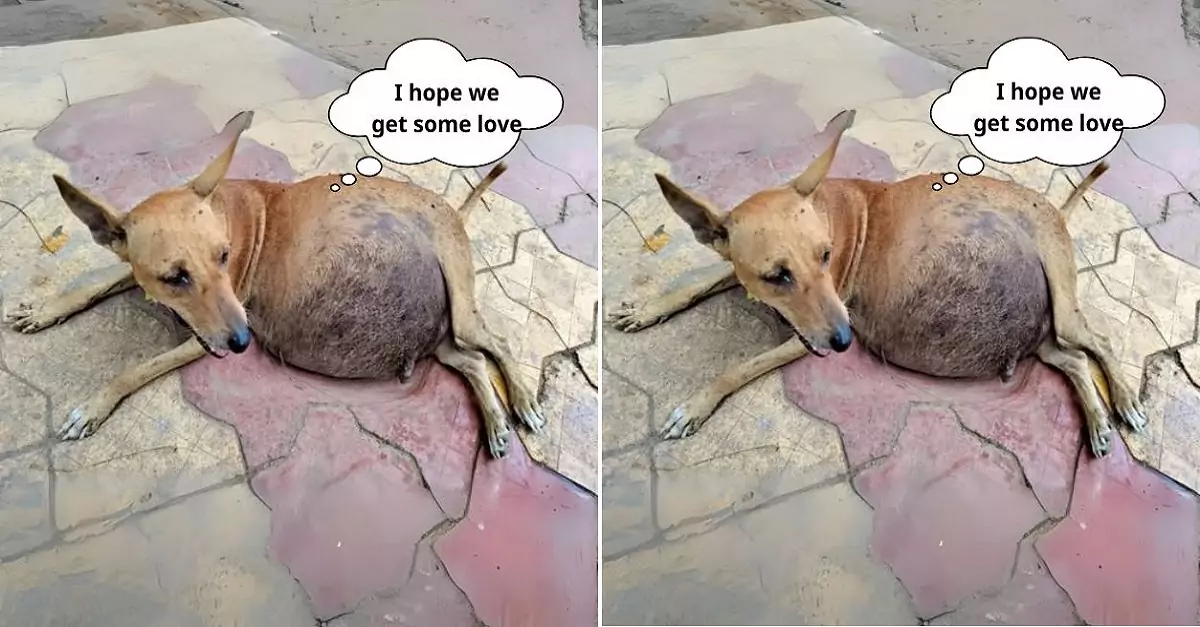Scientists have unearthed a fascinating piece of history with the discovery of a new prehistoric cat species in Spain. Named Magerifelis peignei, this feline predator prowled the Iberian peninsula roughly 15.5 million years ago, shedding light on the remarkable diversity of cats during the Middle Miocene epoch.
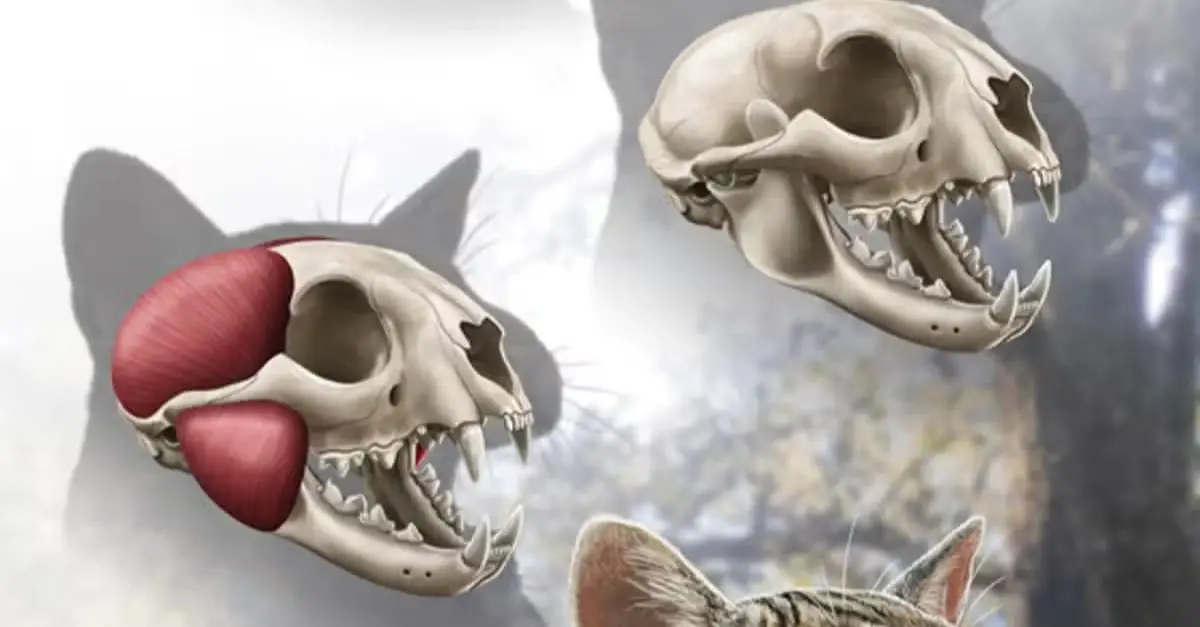
Discovery of New Prehistoric Cat Species in Spain
Unveiling the magerifelis peignei: A predator with powerful jaws
The discovery of Magerifelis peignei stems from fossil remains found in 2007 at the Príncipe Pío-2 site near Madrid, Spain. Remarkably well-preserved, these fossils included partial jaw bones and a nearly complete set of teeth, excluding only the incisors. This exceptional state of preservation makes M. peignei one of the most complete early feline fossils ever discovered, offering invaluable insights into its anatomy and hunting strategies.
Analysis of the lower jaw bones reveals that M. peignei possessed a potentially powerful bite. Researchers believe this feature allowed it to take down prey larger than what similarly sized modern cats typically target. This powerful bite force, combined with a hunting style similar to the Iberian lynx (focusing on suffocating prey after bites to the throat), paints a picture of a formidable predator that thrived in the prehistoric European landscape.
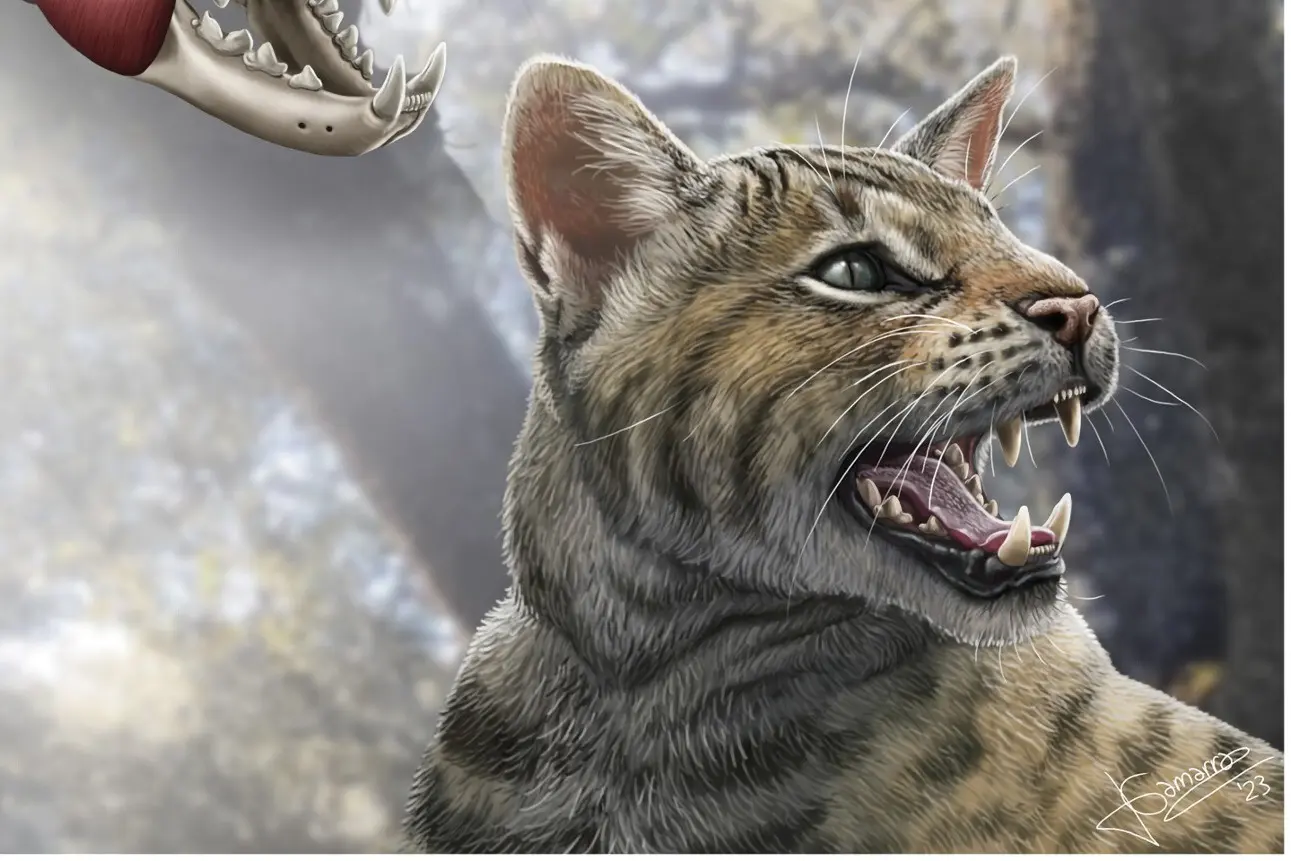
Unveiling the magerifelis peignei: A predator with powerful jaws
Unique dental features and evolutionary clues
Magerifelis peignei exhibits some distinctive dental characteristics that set it apart from other felines of its time. Notably, the second lower molar tooth (m2) is smaller than usual, and the lower canine is also relatively reduced in size. Interestingly, the presence of the m2 tooth is a rare feature among modern-day felines, only observed in the Eurasian lynx. However, even in Eurasian lynxes, this tooth is uncommon.
These unique dental features, along with the powerful bite force, suggest that M. peignei may have occupied a distinct ecological niche within the feline family during the Middle Miocene. The discovery of this new species furthers our understanding of feline evolution and diversification in prehistoric Europe.
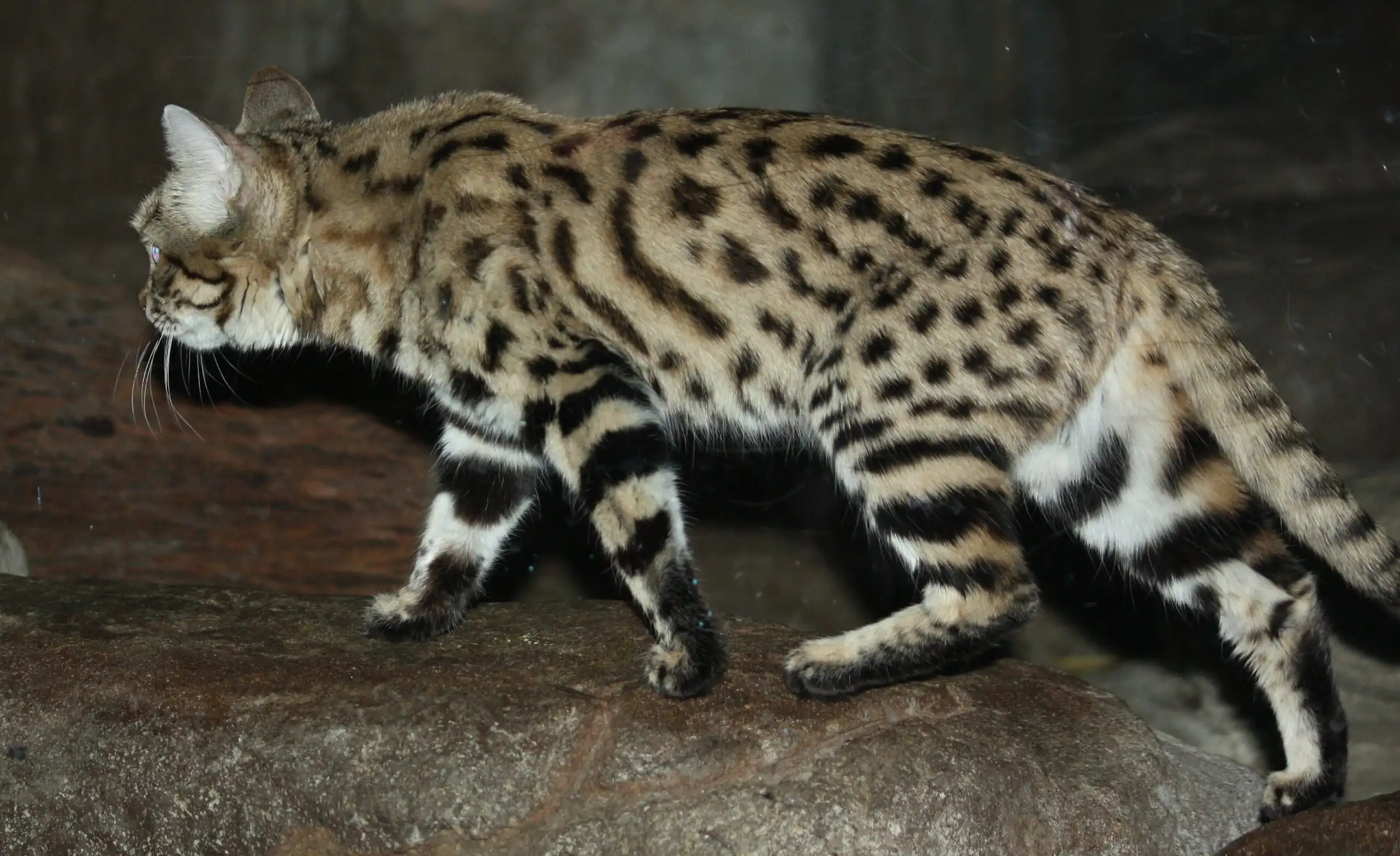
Unique dental features and evolutionary clues
A window into the past: The significance of magerifelis peignei
The discovery of Magerifelis peignei represents a significant step forward in our comprehension of prehistoric felines. The exceptionally well-preserved fossils provide a wealth of information about the physical characteristics and hunting strategies of this fascinating predator. Its unique dental features offer valuable clues about the diversification of cats during the Middle Miocene, highlighting the remarkable variety of feline species that once roamed prehistoric Europe. As research continues, M. peignei promises to continue enlightening us about the rich tapestry of life in our planet’s distant past.

